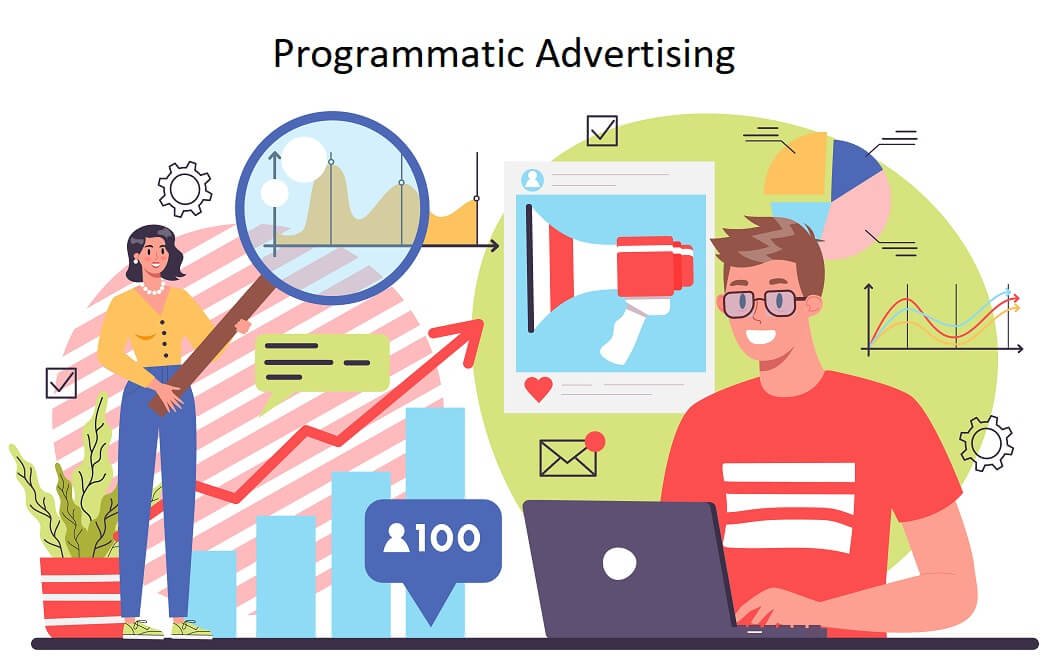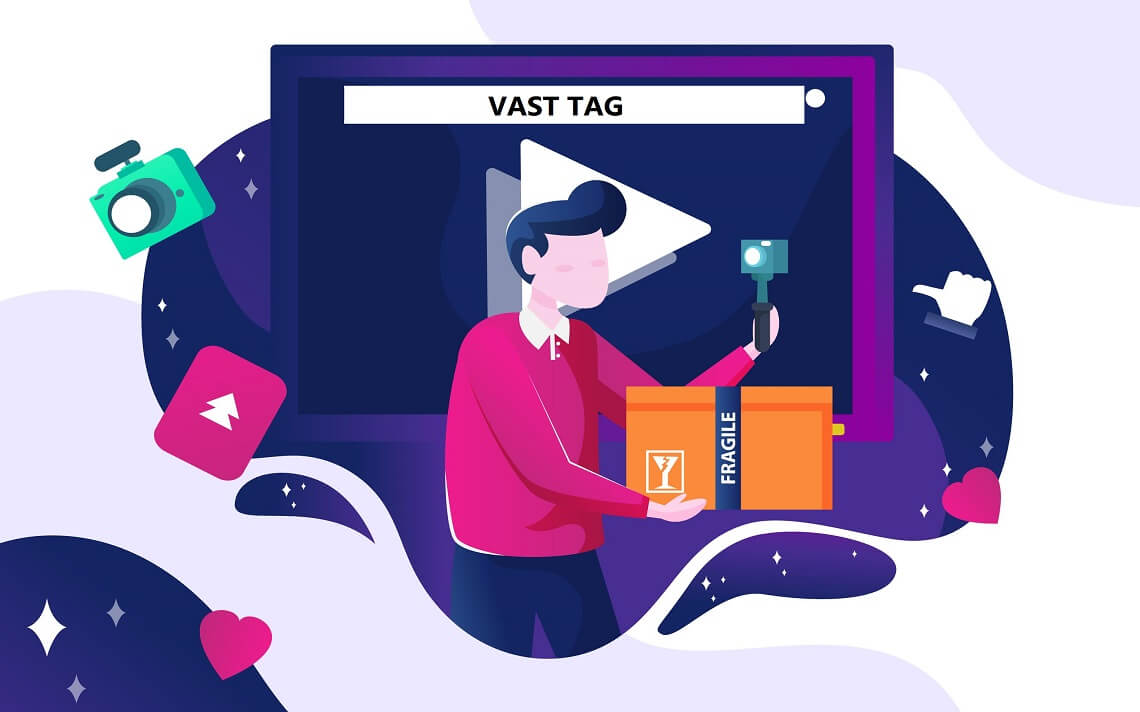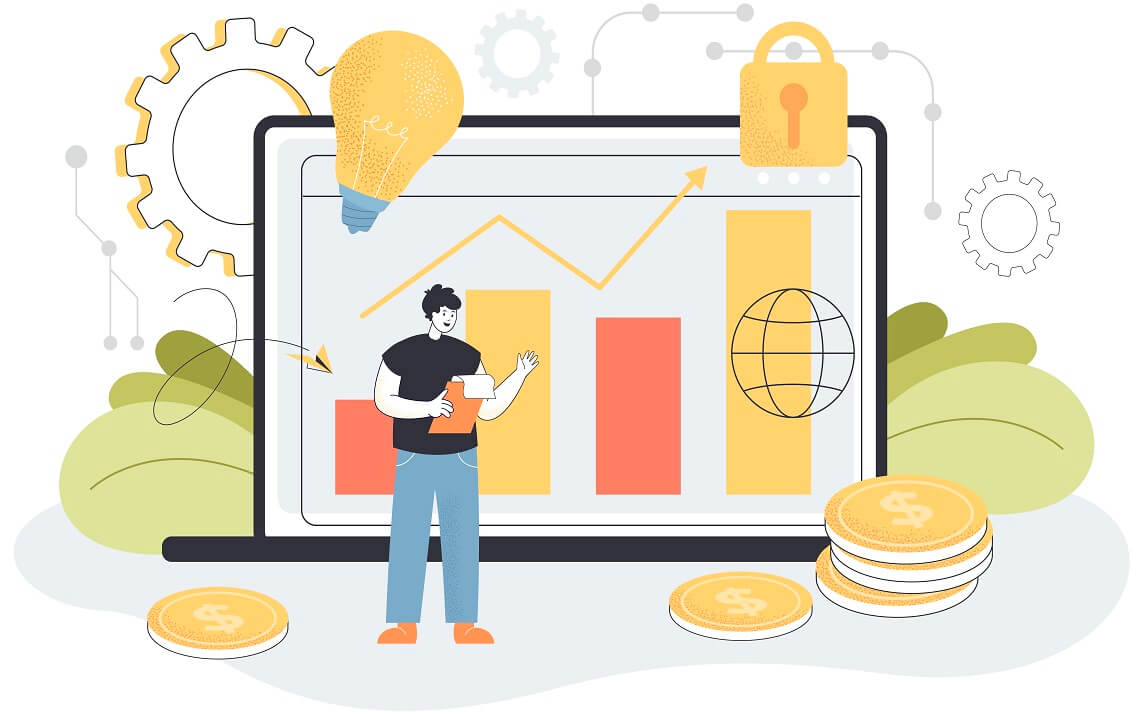
Debunking Programmatic Advertising Myths
Table of Contents
Statistics on media advertising revealed that approximately $36 billion was spent on programmatic advertising. Analysts expect that the number could go as high as $43 billion by the following year.
Source of the Mistrust in Programmatic Advertising
More advertisers are adopting the platform, as Aniview has seen first-hand its ad market experience. The remaining hesitation about it comes from myths about programmatic advertising that persist to this day.
The Future of Programmatic advertising has been around for a decade and a half, and most of the myths come from the earliest days of digital advertising. A lot of low-quality digital advertising had been around the market at that time.
But these days, digital advertising and technologies have evolved with better campaign techniques, more understanding of ranking algorithms, and how to reach out to qualified audiences.
Understanding and Debunking the Myths About Programmatic Advertising
- Myth: Programmatic Advertising is just a marketing fad that will fade with time. It’s another popular, temporary advertising tactic that more sophisticated approaches will soon replace.
- Fact: Programmatic Advertising has persisted for 15 years and is improving as it adapts. It has consistently shown growth. In 2019, companies put 85% of ad spend on this platform. It continued to grow in 2020 with a 95% increase. From what trends show, it will continue to expand.
- Myth: The ads are low-quality and leftover placements. You’re paying too much for poor-quality ads and performance.
- Fact: In the earliest implementation, there had been instances of this happening. There was very little knowledge or interest in it at the time, and advertisers were still unsure of its profitability. But now, quality advertisers prefer this platform over the rest. You can optimize pricing for ad inventory, and advertisers use data analytics to ensure they get the best ROI for their ad purchases.
- Myth: It’s only good for retargeting the audience or the lower end of the sales funnel.
- Fact: Programmatic Advertising eliminates the need to retarget at the end stage entirely. It brings the company, product, or services, to the forefront of qualified customers and initiates the purchase cycle instead. The ads reach qualified leads through the omnichannel approach, appearing on web pages, mobile, and other similar placements. They become more present around the leads’ digital environment. Advertisers will get better ROI because their ads get shown to people who are most likely to click on their site or purchase their products and services.
- Myth: Ad fraud is still rampant around the platform. It’s full of click farms and bots from unscrupulous advertisers who fake the traffic that your ads get.
- Fact: According to the Association of National Advertisers, buying ads for programmatic advertising isn’t any riskier than if you make general market buys. If anything, there’s even a slightly lower fraud rate on programmatic advertising buys on desktops than on other platforms. Integral Ad Science Media Reports state that fraud is present in any platform. However, maintaining proper precautionary measures and educated filtering should help ensure that your ad buys are safe. Thoroughly vet your advertising providers, and always ask for reports and receipts that verify your results.
Programmatic Advertising: A Powerful Tool in the Right Hands
Knowing what programmatic advertising is capable of and trusting verified providers can deliver results that dispel the myths. There’s a reason that so much money has poured into this platform—it works and produces results that companies want to see more of in the future. In the hands of qualified providers, programmatic advertising can deliver excellent ROI.
Aniview has modernized video advertising solutions for many satisfied clients who can verify the high ROI and audience reach that we bring. Contact us today and get started, or visit our Ad Marketplace and see what we can bring to you.


